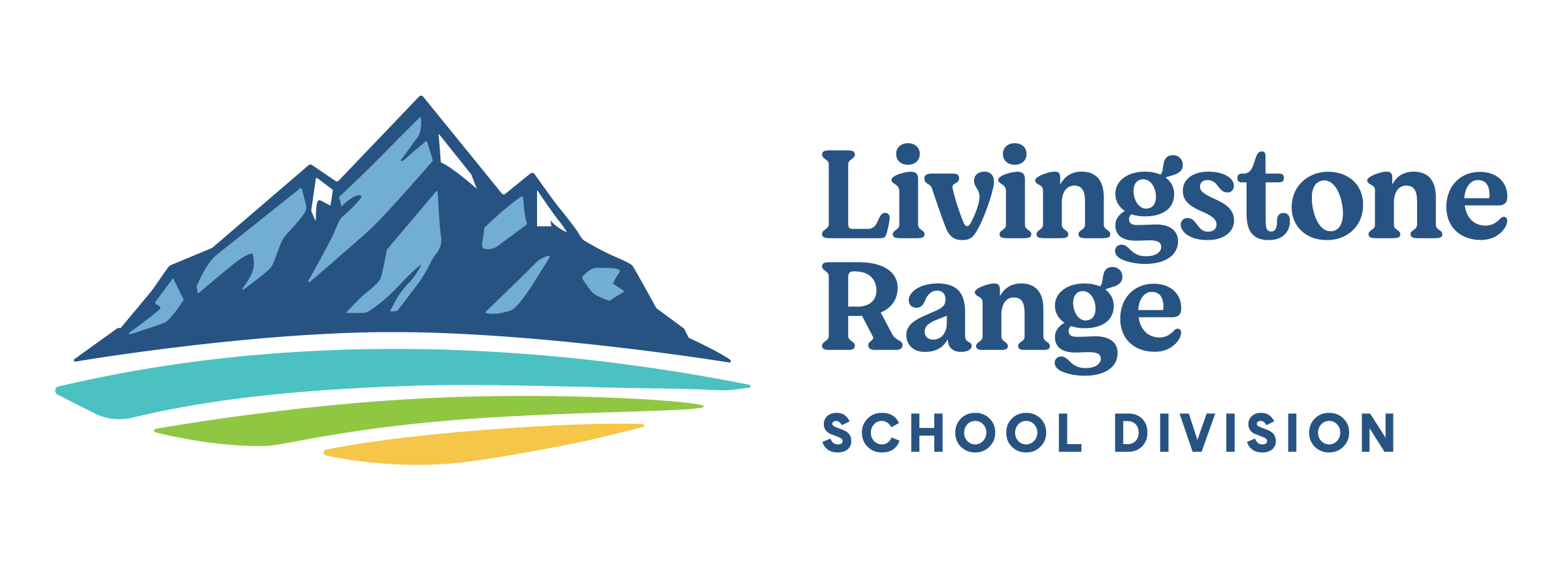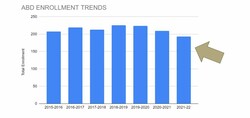Why Consider Combined Classes?
One of the challenges we have had facing us for the past few years has been declining enrollment, which poses challenges for how we make classroom configurations. Over the past few years, we have had different varieties of “split classes” to accommodate fluctuations in our numbers. This leaves us with unequal classroom sizes and inconsistent programming from year to year. To that end, we are exploring viable alternatives to sustain high quality, equitable and predictable programming to ensure all our students experience success.
What is a Combined Grade Classroom?
Combined, or multi-age classrooms, are created when children of different ages and grade levels are combined in a single classroom to maximize academic and social benefits. At the end of each year, the older students move on to the next grade and a new group of students enters at a lower grade.
Combined classrooms are not the same as "split" classes, which we currently have at A.B. Daley. In a split classroom, two grades are put together but classroom instruction is often delivered to the grades separately. Students may end up missing a topic or unit from time to time when the topics are not cycled over two years.
In a combined classroom (or multi-age classroom) students would be receiving instruction that is tailored to both the large group and small group, as well as the individual student. They would continue to be assessed on their grade-appropriate levels and student progress would be reported to parents on a regular basis through report cards, online grade book, parent phone calls, and regular communication from teacher to home.
Classroom Configurations for a Combined Classroom
- Each class would be made up of students from two grade levels and students would remain in the same class for two years, with flexible groupings built-in.
- The entire classroom is taught the same concept from the curriculum (i.e. all working on patterns in numeracy) however, each child is working on a similar concept at their own level. The curriculum is very closely related between the grade levels and builds on the concepts from year to year.
- Teams of grades would follow the same curriculum timeline and a similar timetable. This allows all students in a combined grade to have a "similar" experience and expectations.
- The team of teachers for each grade would pool their strengths, collaborate in planning and develop assessments together.
- A.B. Daley Combined Grade Level Structure: (may vary from year to year)
- Early Learning Program (3 & 4 year olds)
- Kindergarten
- 3 Grade 1/2 Classes
- 3 Grade 3/4 Classes
- 3 Grade 5/6 Classes
What are the Benefits of Combined Classrooms?
- Social-Emotional benefits for students
- Increased leadership opportunities for all students
- learner-centered approach
- More time with the teacher, developing a relationship
- Equity among classroom sizes and programming
- Greater comfort and security, less disruption from year to year
- Students perform well academically
- Children in the younger grade will be challenged
- Children in older grades will have learning reinforced and enriched
What is the difference between a combined and a “split” classroom?
Currently, at A.B. Daley we have a combination of straight grade level classrooms and also split grade classrooms. These classrooms are created this way from year to year to mitigate high and low enrollment in a grade level. In a “split” classroom, your child will not necessarily stay with the teacher or the same peer group the year after.
In a Combined Classroom model, we may be able to be more purposeful and proactive in our planning. It would allow us to plan more effectively from year to year despite fluctuations in our enrollment. Teachers would “cycle” the curriculum over two years, so students would not miss out on any units of study. It would help us create more equitable classroom experiences and sustainable, predictable programming from year to year.
What if a classroom placement doesn't work for my child?
These decisions will be made on a yearly basis. There are many considerations: number of students in each grade level, range of learners in each group, social and emotional factors, and student learning needs. While we hope to keep the same group of learners together for a two-year cycle, we recognize that in specific circumstances we will have to adjust.
How can a teacher teach two grades at the same time?
The teacher will have a year plan developed with their grade-level team for a two-year cycle. This means, that they will not be teaching all of the concepts at the same time. Teachers will coordinate units so that students of both grades will work together for the majority of the day. Our teachers already use a variety of small groups, individual and whole group instruction in their classrooms and they would continue this with a combined classroom structure. Yes, managing a combined-grade classroom can be busy! But all classrooms, with single or multiple grade levels, have a wide range of student learning needs.
How will my child be graded or assessed?
Students will be assessed on their own grade-level curriculum, knowledge, and skills. While they may learn about a topic at a lower or higher level, they will be assessed on their knowledge and skills at an age-appropriate level. For instance, in grade six language arts, all students may write short stories. But the grade five students would be assessed on grade five language arts outcomes, and the grade six students would be working on skills appropriate for their level.
What about the Provincial Achievement Tests for grade 6?
Students will still write Provincial Achievement Tests during the year that they receive instruction on the grade level curricular outcomes. This means that grade five students every second year would write the PAT when they cover the grade six topics in their grade five year. For example:
2021-22 School Year:
- Grade 5's- write grade 6 PAT for Social and Science
- Grade 6's - write grade 6 PAT for Language Arts, Math, Social and Science
2022-23 School Year:
- Grade 5's- no PAT's
- Grade 6's - write grade six PAT for Language Arts and Math
2023-24 School Year:
- Grade 5's- write grade 6 PAT for Social and Science
- Grade 6's - write grade 6 PAT for Language Arts, Math, Social, and Science


